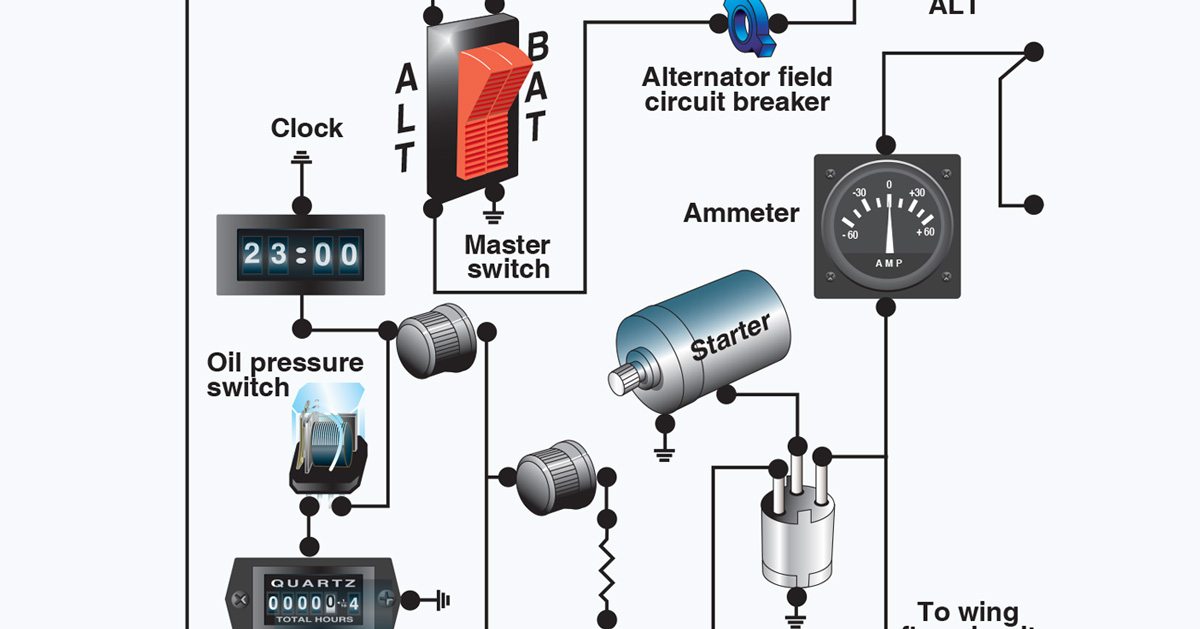It can take some time to get the hang of radio communications as a new pilot. However, according to Bob Gardner in his book The Complete Private Pilot, familiarization is key to developing a knack for radio procedures early on.
You will learn a lot just by listening on aircraft frequencies to hear how other pilots communicate with each other and with ground personnel. Be warned, however, that you may hear pilots use poor techniques and phraseology; just because you have heard someone say something on the radio does not mean that it is correct usage. Check with your instructor, the AIM, or my book, Say Again, Please for more. A visit to a flight service station, control tower, or a radar facility will convince you that everyone on the ground is prepared to help you have a safe flight and that having “mike fright” will just keep you from taking advantage of the many services available.
Always listen before transmitting, so that you do not interfere with a communication in progress, and listen to what is being said—in many cases you may hear information that makes your call unnecessary. If your airplane’s radio installation provides a switch so that you can transmit on either radio, be sure that you are using the correct radio before you transmit—this is a common mistake and you will hear it happen to the most grizzled old airline captains. Always begin your initial transmission with the name of the station that you are calling: “Logan Tower,” “Orlando Ground,” “Dallas Radio,” “Podunk UNICOM,” followed by your own identification (in full, if it is the initial contact): “Twin Cessna 2345X.” Be sure to include your callsign, full or abbreviated, as part of every transmission.
It is not necessary to wait for an acknowledgment that communication has been established if you are reasonably certain that your transmission has been received: “Seattle Tower, Piper 2345X six miles north with BRAVO, landing.” Be as brief as practicable without omitting necessary information, and always give your position when requesting a clearance from Air Traffic Control. Remember this sequence: WHO you are calling, WHO you are, WHERE you are, and WHAT your intentions are.
Be as brief as possible; every moment a controller spends listening to a long, drawn out transmission is time that cannot be devoted to other pilots. Omit unnecessary words. Compare these transmissions:
“Bigburg Ground Control, Cessna 1357X is at the south parking area with ATIS information FOXTROT. Request permission to taxi to the active runway. VFR to Littlefield.”
“Ground, Cessna 1357X, south parking, Foxtrot, taxi 13, VFR Littlefield.”
If you have the ATIS information, you know which runway is being used for departures; giving the ground controller your destination might result in the assignment of a more convenient runway or help the local controller direct your departure path more advantageously.





